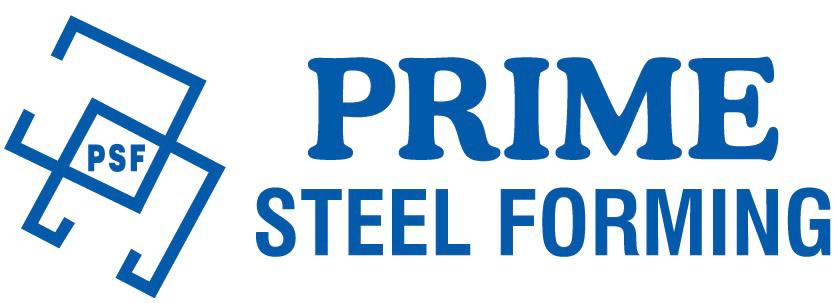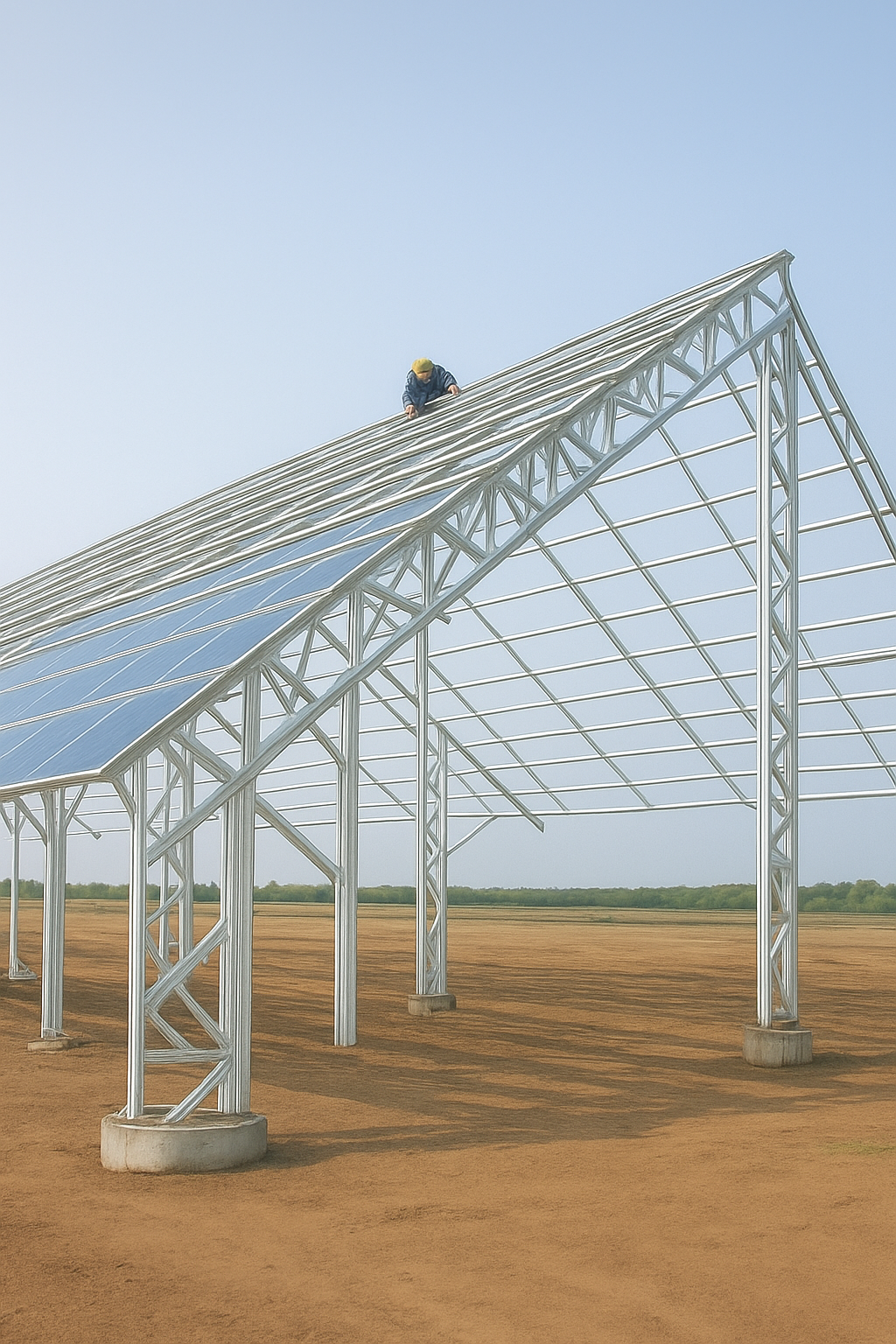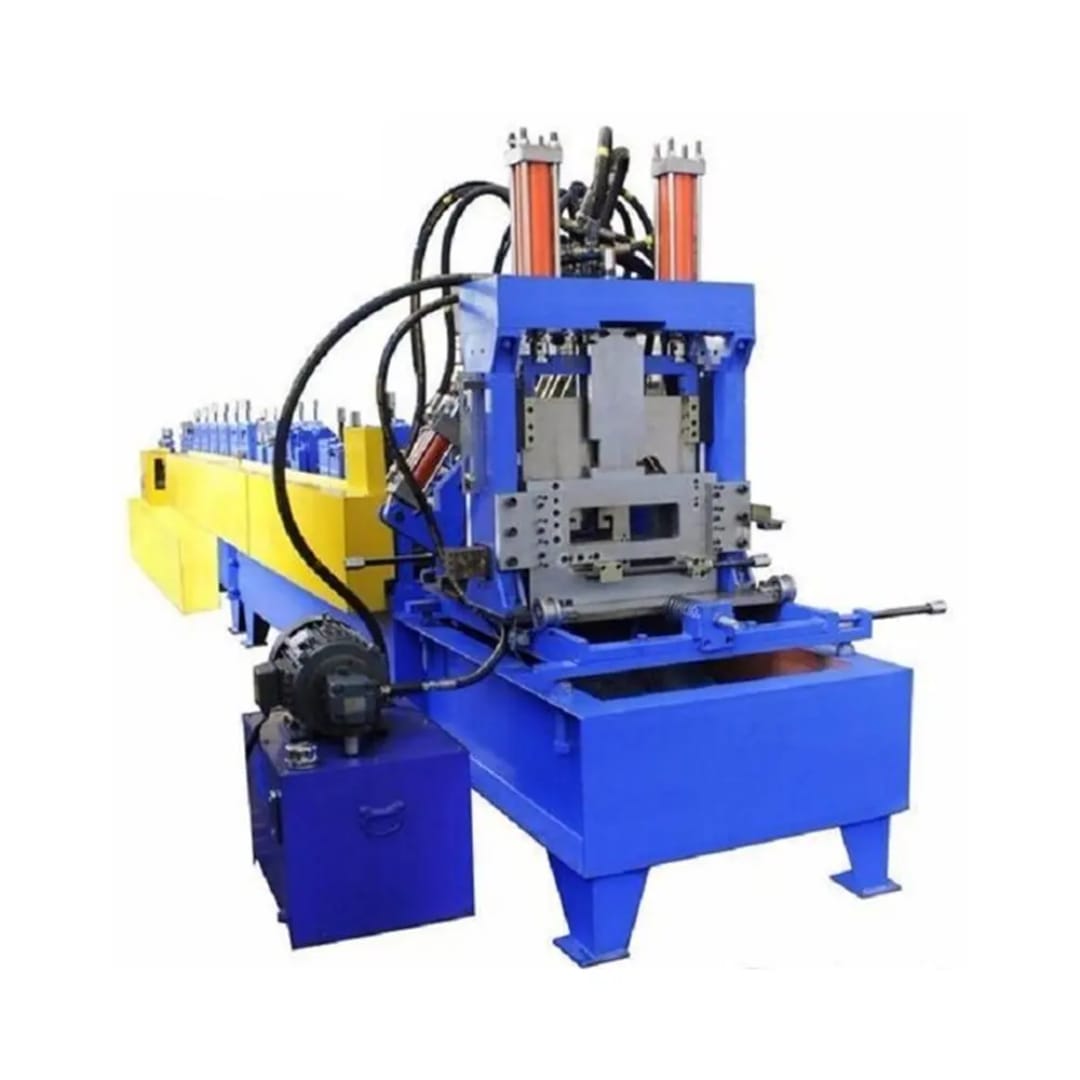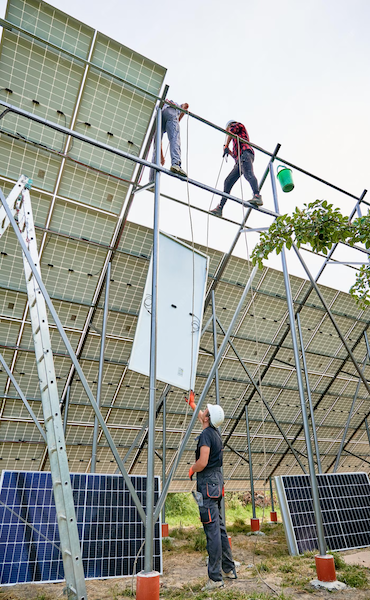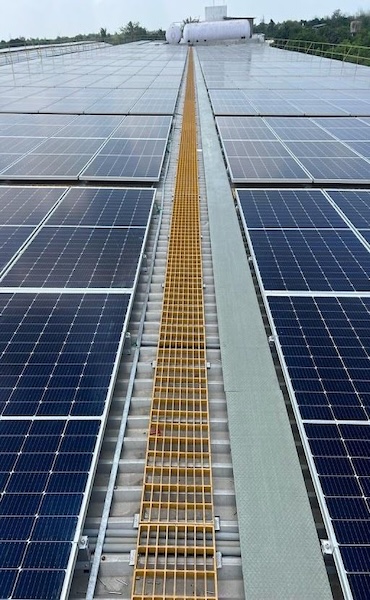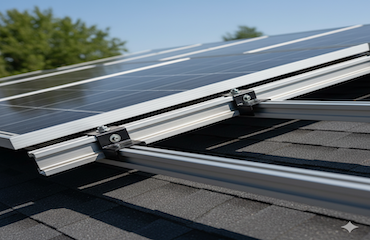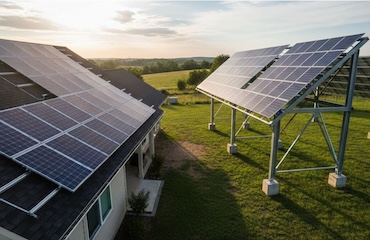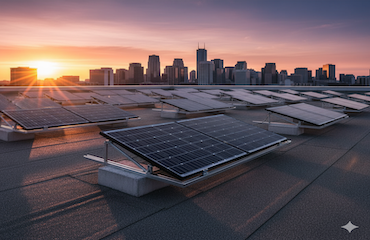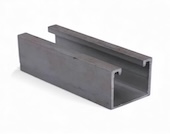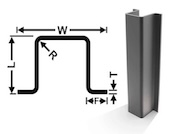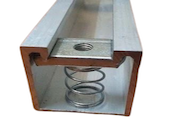WHAT WE OFFER
We Are Dedicated To Serve You All Time.
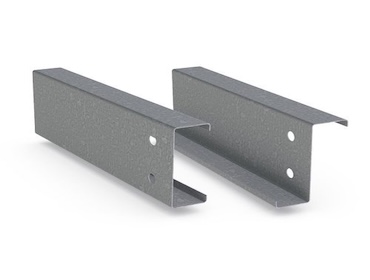
Lip C & Z Channel
Material available - Magsure, Galvanium, Pre GI/GP, Hot Galvanised, HR(black), Stainless Steel.
Size c channel - width:75mm- 300mm; height: 30mm - 80mm; lip: 10mm - 20mm; thickness:1mm X 3mm
Size z channel - width:120mm- 300mm; height: 30mm - 80mm; lip: 10mm - 20mm; thickness:1mm X 3mm
Punching facility available (on request)

Hat Profile
Material available - Magsure, Galvanium, Pre GI/GP, Hot Galvanised, HR(black), Stainless Steel.
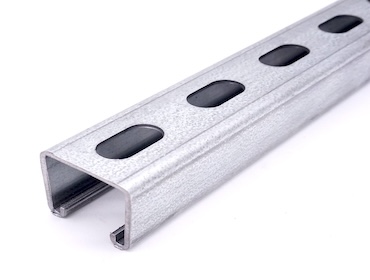
Uni Stut
Material available - Magsure, Galvanium, Aluminium, Pre GI/GP, Hot Galvanised, HR(black), Stainless Steel.
Size - 41mm X 21mm; 41mm X 41mm; 41mm X 62mm; 41mm X 82mm
Categories: plain/ slotted.
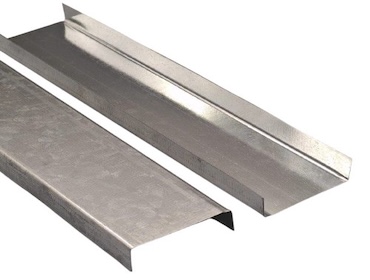
U Channel Profile
Material available - Magsure, Galvanium, Pre GI/GP, Hot Galvanised, HR(black), Stainless Steel.
Size c channel - width: 80mm- 300mm; height: 40mm - 80mm;
thickness:1.5mm X 3mm (on request)

Mono Rail Profile
Material available - Aluminium
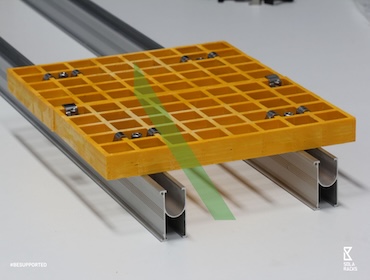
Walk Way
Material available - FRP
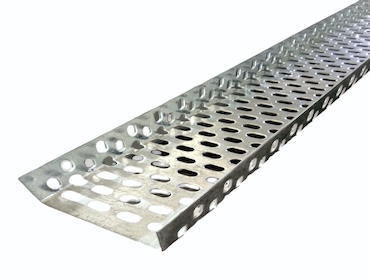
Cable Tray
Material available - Pre GI / GP
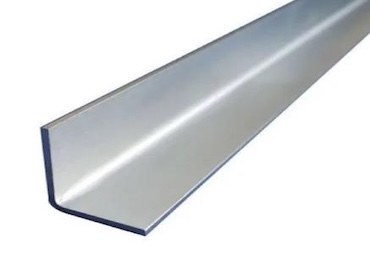
L angle profile
Material available - Magsure, Galvanium, Pre GI/GP, Hot Galvanised, HR(black), Stainless Steel.
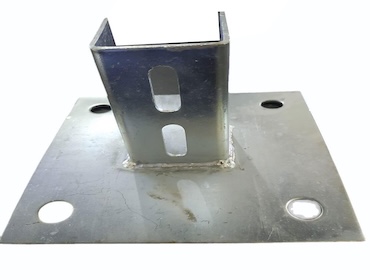
Base Plate
Material available - HR(black), pre GI/GP, Hot Galvanised

Jointer
Material available - HR(black), pre GI/GP, Hot Galvanised
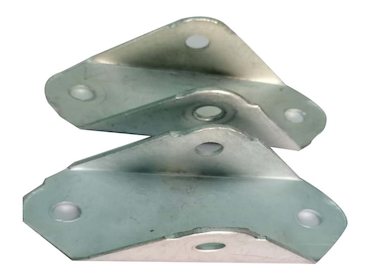
Hanger / Degree Clamp
(L Bracket)
Material available - Magsure, Galvanium, Pre GI/GP, Hot Galvanised, HR(black), Stainless Steel.
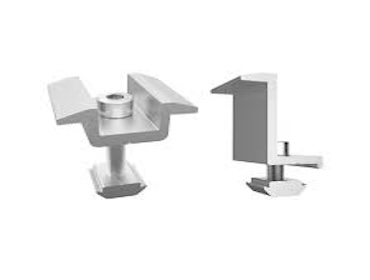
Mid & End Clamp
Material available - HR(black), pre GI/GP, Hot Galvanised, Aluminum
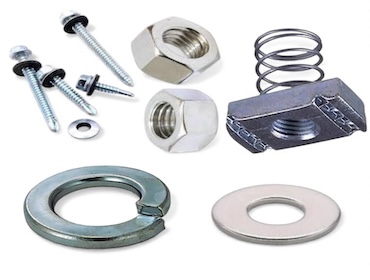
Spring Nut, SDS &
Washer Nut
Material available - Pre GI / GP, Hot Galvanised
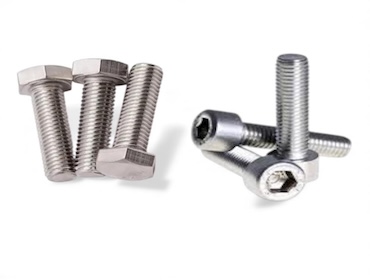
Hex Bolt & Allen Bolt
Material available - Pre GI / GP, Hot Galvanised
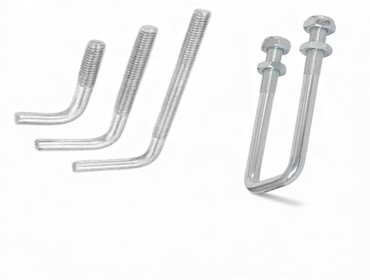
J Bolt & U Bolt
Material available - Pre GI / GP, Hot Galvanised,
